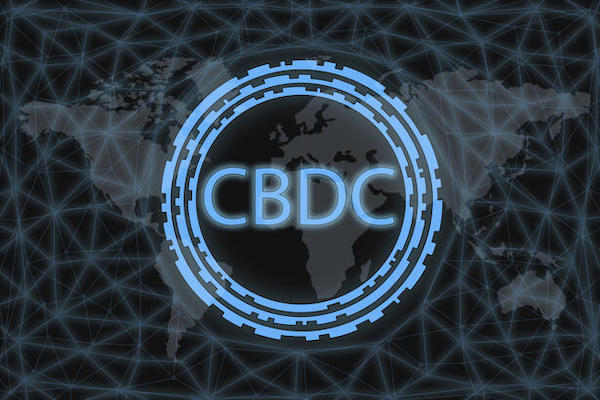CBDC’s are an inevitable evolution of today’s electronic currencies, the bank’s analysts said.
A U.S. central bank digital currency (CBDC) would differ from the digital money currently available to the public because it would be a liability of the U.S. Federal Reserve, not a commercial bank, and so would have no credit or liquidity risk, Bank of America said in a report.
Preserving the dollar’s status as the world’s reserve currency, improving cross-border payments and increasing financial inclusion are all seen as benefits of a U.S. digital currency, analysts led by Alkesh Shah, wrote in the note Monday. The Fed published a discussion paper last week on the benefits and risks of a U.S. CBDC.
Potential risks – which could be diminished by CBDC design choices – include “changing the financial sector’s market structure by shifting deposits, increasing the liquidity risk of the financial system if deposits at commercial banks were converted to a CBDC and decreasing the efficacy of monetary policy implementation,” the note said.
Bank of America said key considerations before issuing a CBDC are the need for it to be privacy-protected, intermediated, transferable and identity-verified.
Stablecoins are likely to see an increase in usage in the absence of CBDCs, the bank noted, adding that the two largest by market value, Tether and USD Coin, had a combined market value of around $121 billion as of Jan. 21. Their use as a means of payment is increasing, particularly for cross-border remittances, the report said, as they are faster and cheaper than using fiat currency.
In a report published earlier in the month, BofA challenged the Bank of England’s assertion that a U.K. CBDC would act just as a form of digital cash. It said CBDCs are likely to replace checking accounts as the way in which consumers hold the majority of their funds.
